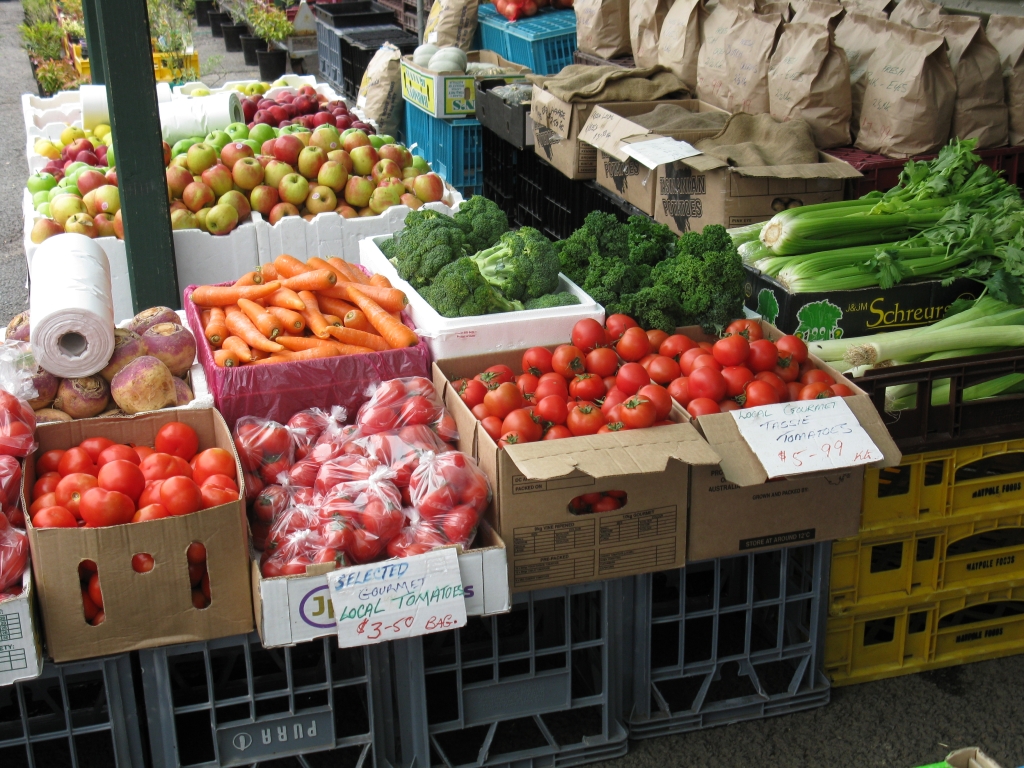When a healthy life is out of reach
December 5, 2017
The path to good health begins long before anyone ever steps foot inside a hospital.
Tasmania has a significant social gradient when it comes to health outcomes.
If you live in a rural or regional area, live on a low income, in a low socioeconomic area, do not have a roof over your head or secure work, research shows that you are less likely to live a long and healthy life.
It’s an unfortunate fact that circumstances often out of a person’s control can forge the health path their life is likely to take.
Sometimes it’s a matter of simply not being able to afford appropriate health care, other times it’s a lack of education about preventative health options, a lack of access, or entrenched habits that pass down through the generations.
Data from Australia Health Tracker has found that those living in typically lower income areas are more likely to die a preventable death than those living in more affluent areas.
In Tasmania between 2011 and 2014, those living in towns such as Smithton, Warrane, Bridgewater, Gagebrook, East Devonport, or on the West Coast topped the state in deaths from cardiovascular disease, cancer, respiratory diseases or diabetes between the ages of 30 and 69.
Smithton’s rate was more than double the national average.
At the other end of the scale, those living in Sandy Bay, Taroona, South Hobart or West Launceston had significantly lower rates of early death.
The chances of an early death also rises significantly for those living outside of one of Australia’s capital cities.
According to the Australian Institute of Health and Welfare, “many of the key drivers of health reside in our everyday living and working conditions – the circumstances in which we grow, live, work and age”.
One thing we know for sure is that the place you live should not be a determinant of your health.
The average life expectancy of a Tasmanian now sits at 80.8 years, 1.6 years less than the national average.
In top of this, about 82 per cent of Tasmanians rated their health positively, lower than the national average of 87 per cent.
Things like educational attainment, occupation and income are key determinants of health across the nation, as the foundations of health start before a child is even born.
The cycle of low income means that if you can’t afford healthcare your health is likely to get worse, but if your health is poor, you are less likely to find work to pay for healthcare when necessary.
If you are living in an outer suburb, especially in Tasmania where public transport is in desperate need of an upgrade, the same cycle repeats itself – if you can’t get to the doctor your health will not improve, but if your health doesn’t improve you may struggle to catch public transport to get to the doctor.
If a mother is unable to secure appropriate prenatal health care, this cycle can start before a baby is even born.
So what can we do about it?
Often, improving our hospitals actually has little to do with upping our overall health outcomes.
Good health for all is about prevention, it’s about education, it’s about passing down knowledge from generation to generation, it’s about access to healthy food, stable housing, and secure employment.
Any state government in Tasmania that really wants to improve the state’s health outcomes needs to invest much more in these social determinants of health – on housing, education, alleviating poverty, family support, just to name a few.
Tasmania, which commonly sits among the lowest states and territories in the nation when it comes to health outcomes, needs to invest more in its health budget on health promotion, preventative health and community health.
International evidence suggests we need to be spending at least 5 per cent of the health budget on prevention, but it is currently sitting under 2 per cent and dropping across the forward estimates.
Every Tasmanian deserves the right to a healthy life, no matter where they live or how much money they earn.

